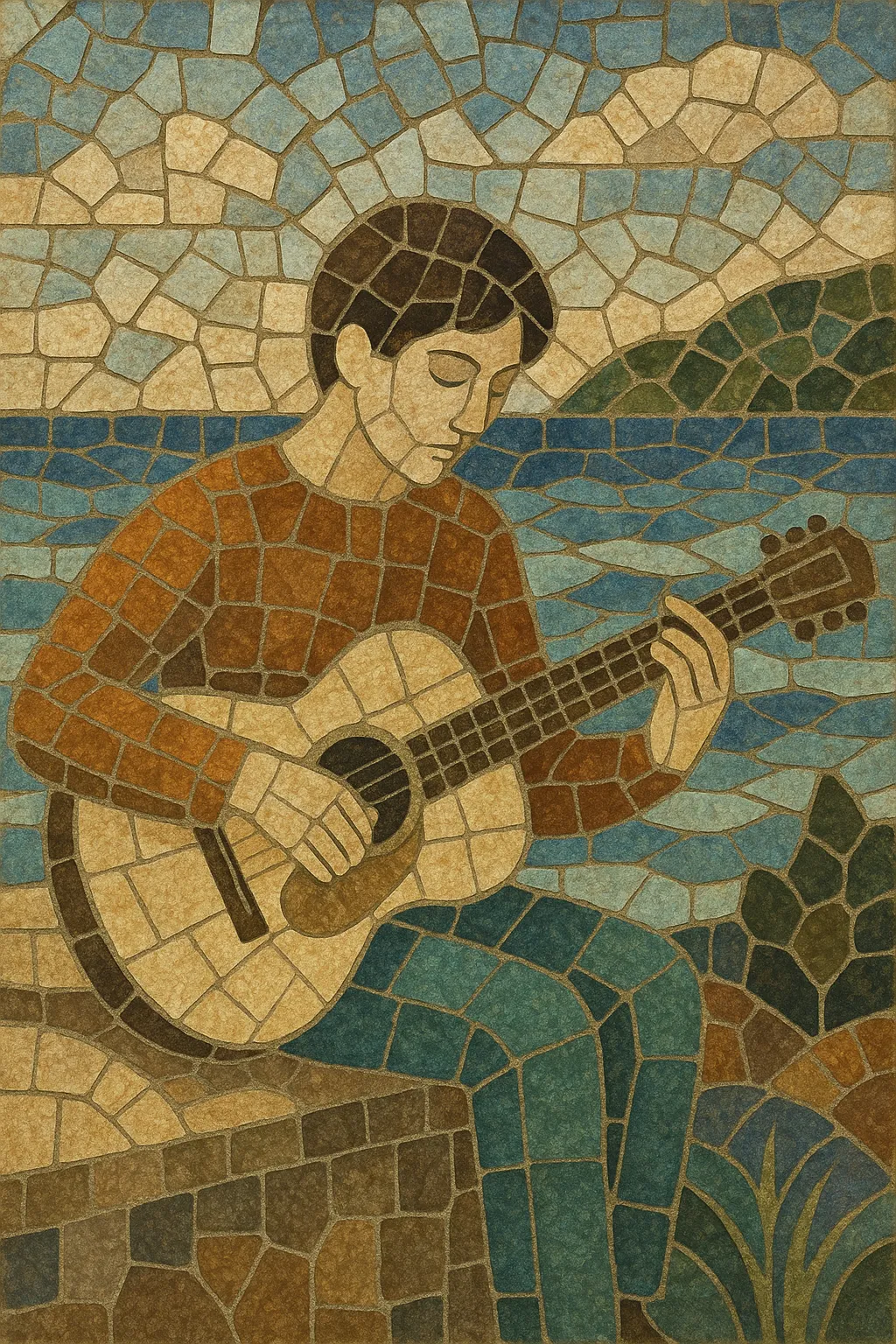Donosti sound is a refined strain of Spanish indie pop that emerged around San Sebastián (Donostia) in the early–mid 1990s. It favors delicate melodies, whispery or intimate vocals, discreet rhythm sections, and tasteful arrangements that borrow from bossa nova, French yé-yé, and classic easy listening.
Guitars tend to jangle softly or arpeggiate clean tones, while strings, woodwinds, vibraphone, and subtle keyboards add a chamber-pop sheen. Lyrics often dwell on urban romance, seaside melancholy, and small moments rendered with elegance and restraint. The overall aesthetic is minimal, sophisticated, and emotionally understated.
Donosti sound took shape in the Basque city of San Sebastián (Donostia) at the turn of the 1990s. It coalesced around musicians who prized elegance over aggression and melody over distortion, differentiating themselves from louder indie and alternative currents of the era. Early seeds appeared in the late 1980s with Aventuras de Kirlian, whose members and peers would define the sound in the years to follow.
Independent labels such as Siesta Records and Elefant Records became crucial hubs, issuing records whose artwork and sequencing mirrored the music’s stylish restraint. The scene blended the gentleness of UK C86 and twee with the harmonic vocabulary of bossa nova and the urbane cool of 1960s yé-yé and lounge. Spanish-language lyrics (occasionally Basque) leaned toward intimate storytelling, while arrangements added strings, woodwinds, and vibraphone for a chamber-pop finish.
Through the 1990s, albums by Le Mans, La Buena Vida, and Family established the genre’s core identity: soft vocals, jangle guitars, melodic basslines, and refined orchestration. The approach influenced a broader wave of Spanish indie and chamber pop into the 2000s, inspiring artists who pursued sophisticated, literate pop free of rock’s heavier tropes. Subsequent projects by scene veterans (e.g., Single) extended the aesthetic into new contexts while preserving its essential elegance.


